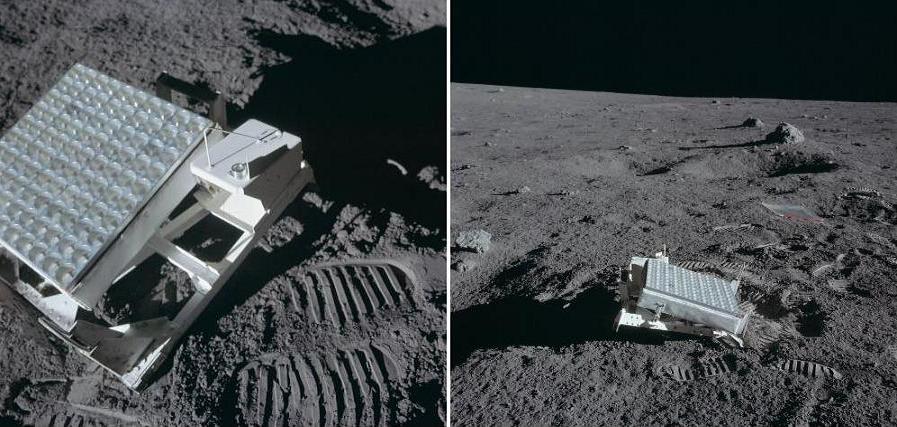For how long do I have to aim a laser at the moon to see a dot?
Robert Frost, Aerospace engineer
Updated Jul 25, 2014
There are two possible questions here. The first is simply how long would it take for a laser to travel to the moon and back.

The moon is around 384,000 km away. The speed of light is 299,792,458 m/s. The journey is round trip, so:

However, if the question really is about seeing the dot - you won't. Ever.
Don't go yet, there's more. Read on. https://www.quora.com/For-how-long-do-I-have-to-aim-a-laser-at-the-moon-to-see-a-dot
Robert Frost, Aerospace engineer
Updated Jul 25, 2014
There are two possible questions here. The first is simply how long would it take for a laser to travel to the moon and back.
The moon is around 384,000 km away. The speed of light is 299,792,458 m/s. The journey is round trip, so:
However, if the question really is about seeing the dot - you won't. Ever.
Don't go yet, there's more. Read on. https://www.quora.com/For-how-long-do-I-have-to-aim-a-laser-at-the-moon-to-see-a-dot






